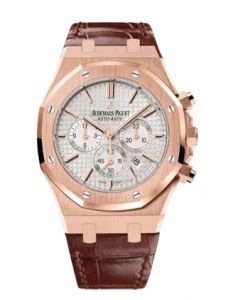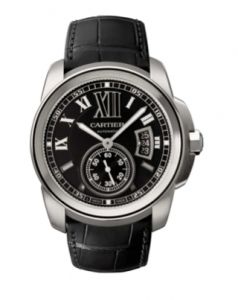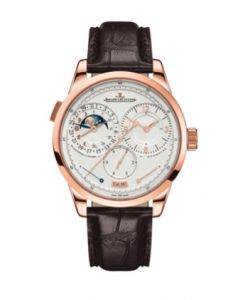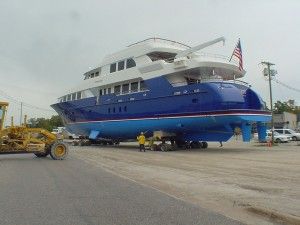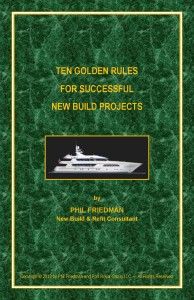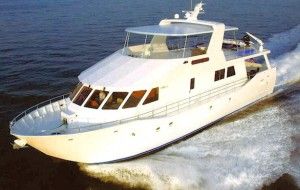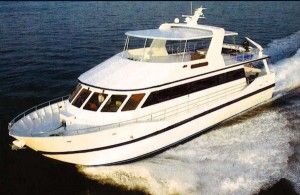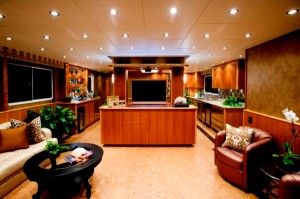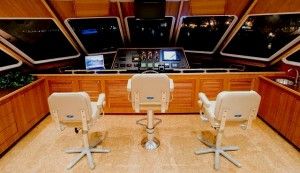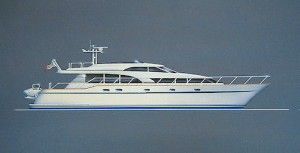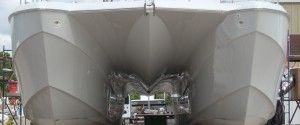If you’re thinking about chartering a luxury yacht there are two options to consider; bareboat or crewed. It’s a choice that makes a big difference to your holiday or trip. While bareboat charters offer you the opportunity to take charge of the vessel, crewed charters offer the opportunity to hire a boat complete with all the necessary skills.
Bareboat Charters
Bareboat Charters are the simplest type of yacht charter, offering just the boat itself. Bareboating offers complete privacy and freedom, as well as the opportunity to captain a boat yourself. With bareboat charters you take full responsibility for all aspects of looking after the boat, including navigation, mooring, sailing, motoring, cooking and cleaning. If you’re not an experienced boater you will need to consider hiring a skipper or finding a friend with experience in sailing or motor boating.
Bareboat charters are often used for corporate events and team building days, as they can require that everybody on board takes responsibility for some element of the upkeep of the boat. Skippers should not only manage and direct the boat’s path, but should also be able to organise and manage the crew successfully, especially on sailing boats.
It’s important that whoever is in charge can delegate responsibilities, which could include hoisting sails, dropping anchor, cooking, cleaning and other general maintenance. The person in charge should communicate these expectations to the rest of the crew, and ensure that they understand what is expected of them.
Skippered Bareboat Charters
When you charter a bareboat you may be given the option of adding a qualified skipper who can take responsibility for navigating the boat. It can still feel like you have your own boat, as you will need to help them to raise the sails and drop the anchor. A skippered bareboat charter is less expensive than a fully crewed yacht, but the skipper can take responsibility for some of the more stressful aspects of boating, including navigating through coral and plotting a course.
Crewed Charters
Crewed charters are boats that come with all necessary crew in one package. The number of crew will depend on the size of the boat. Smaller boats might require simply a skipper and a chef, while bigger boats could require a team of many more including deckhands, stewards, stewardesses and engineers.
You could even consider including scuba diving instructors, special caterers or entertainers in your boat team, to ensure you have a fun-filled and luxurious trip. Crewed charter yachts and motorboats are the easiest way to enjoy a charter boat trip. Roles and responsibilities will be delegated so you can concentrate on relaxing and enjoying the journey.
Alan Cairns writes on a number of subjects including outboard motors and canal boat holidays. Image sourced under creative commons licence courtesy of Jon Olav. Southern Shipwrights Ltd is one of the leading outboard motor dealers in the South East of England. SSL are dealers of Yamaha, Suzuki and Mercury outboard motors as well as SunSport inflatables and 3D Tender RIBS and inflatables.


